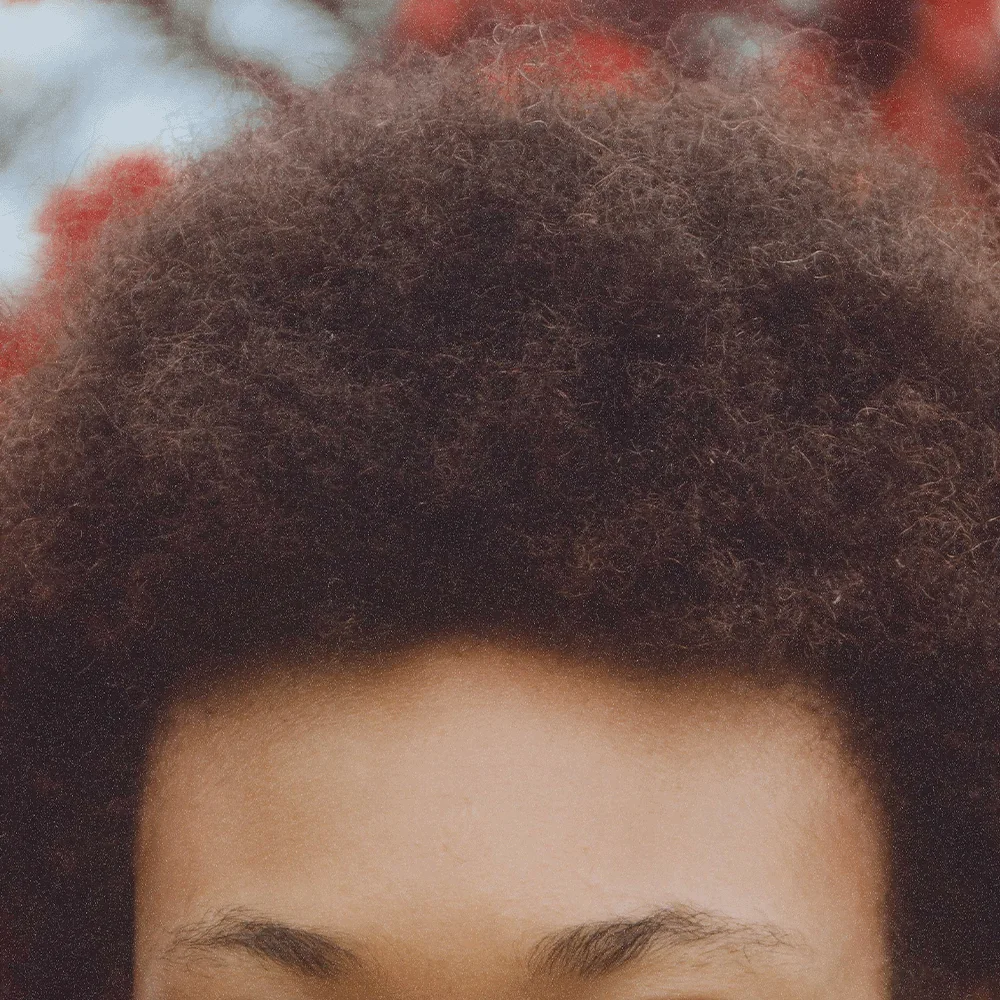Dandruff causes—how knowing them may solve the problem

Reviewed by Mike Bohl, MD, MPH, ALM,
Written by Chimene Richa, MD
last updated: Mar 24, 2020
3 min read
Here's what we'll cover
Dandruff is a common scalp condition that affects approximately 50 million adults in the U.S. alone and as much as 50% of the adult population worldwide (Borda, 2015). The most common symptoms of dandruff are a dry, itchy scalp along with white flakes of dead skin cells throughout your hair and on your clothes (AAD, n.d.).
What causes dandruff?
People are often embarrassed by their dandruff because they think that it is a sign of poor hygiene. It is not! Scientists don’t definitively know what causes dandruff, but several factors make you more prone to having those annoying flakes.
Malassezia fungus
The skin fungus Malassezia lives on everyone’s scalp—both people with and without dandruff. In some people, the Malassezia fungus breaks down the scalp skin barrier, making an oleic acid by-product as a result. This acid can irritate the skin and trigger an inflammatory response, causing scalp cells to clump and flake off (Borda, 2015). You don’t necessarily get dandruff just because you have Malassezia, but sensitivity to the fungus may play a role—people who do get dandruff seem to be especially sensitive to Malassezia and its effects on their scalp (Borda, 2015).
Sebum (skin oil) production
Dandruff is related to another skin condition called seborrheic dermatitis. In fact, some consider them the same disease but differing in severity. Seborrheic dermatitis can also affect areas other than the scalp, like the face and chest. Both dandruff and seborrheic dermatitis are affected by the oiliness of your skin. Your sebum production is related to hormone levels, and, as a result, increases in puberty and into your 20s and then decreases after age 30–60 years old. Dandruff follows this same pattern of appearance, supporting a relationship between it and sebum production (Borda, 2015). However, we know that the effect is not a direct one—not everyone with oily skin gets dandruff, and people with dandruff can have average oil production (Ranganathan, 2010). Malassezia likes the oil on your scalp, so having oily skin makes it a more desirable place for the fungus to live (Borda, 2015).
Skin barrier integrity
The outermost layer of skin functions as a barrier to prevent moisture loss and germ entry. It is also called the skin barrier (Borda, 2015). The scalp of people with dandruff shows a disruption in this barrier. This may trigger dandruff or cause aggravation of existing dandruff in susceptible people, especially those who are sensitive to Malassezia (Borda, 2015).
Immune response
People with weak immune systems, like HIV/AIDS, are at a higher risk of having dandruff. However, the exact role that the immune system plays is unclear (Borda, 2015).
Neurological condition
Certain neurological diseases, like Parkinson’s disease and traumatic brain injury, seem to have a higher rate of dandruff. It may be due to changes in oil production or changes in nerve function; the relationship is not clear (Borda, 2015).
Emotional stress
Stress may affect your immune system and lead to worsening of your dandruff. Some studies show an increased rate of scalp conditions in people with emotional stress and depression (Borda, 2015).
Genetics
Animal studies suggest that genetics may be involved, but more research is needed in this area (Borda, 2015). There is likely a combination of both genetic and environmental factors at play in dandruff.
Haircare habits
While not scientifically proven, using certain cosmetic products, dust, and pollution may contribute to dandruff (Ranganathan, 2010). Over-shampooing may strip the scalp of necessary oils, causing a dry, itchy scalp. A dry scalp, in and of itself, can cause scalp itching and flaking. On the other hand, shampooing too little can lead to an oil buildup on the scalp, worsening your dandruff.
Treating dandruff
It is likely that a combination of factors is the culprit for your dandruff. While you may not be able to pinpoint the exact cause of your dandruff, it is treatable. The American Academy of Dermatology (AAD) recommends using anti-dandruff shampoos as the most effective treatment for dandruff (AAD, n.d.). Most dandruff shampoos are available over-the-counter and usually contain one or more of the following active ingredients: salicylic acid, sulfur, zinc pyrithione (also called pyrithione zinc), coal tar, selenium sulfide, and ketoconazole (Ranganathan, 2010).
DISCLAIMER
If you have any medical questions or concerns, please talk to your healthcare provider. The articles on Health Guide are underpinned by peer-reviewed research and information drawn from medical societies and governmental agencies. However, they are not a substitute for professional medical advice, diagnosis, or treatment.
American Academy of Dermatology (AAD). (n.d.). How to treat dandruff. Retrieved March 5, 2020 from https://www.aad.org/public/everyday-care/hair-scalp-care/scalp/treat-dandruff
Borda, L., & Wikramanayake, T. (2015). Seborrheic Dermatitis and Dandruff: A Comprehensive Review. Journal Of Clinical And Investigative Dermatology , 3 (2). doi: 10.13188/2373-1044.1000019. Retrieved from https://www.ncbi.nlm.nih.gov/pubmed/27148560
Ranganathan, S., & Mukhopadhyay, T. (2010). Dandruff: The most commercially exploited skin disease. Indian Journal Of Dermatology , 55 (2), 130. doi: 10.4103/0019-5154.62734. Retrieved from http://www.e-ijd.org/article.asp?issn=0019-5154;year=2010;volume=55;issue=2;spage=130;epage=134;aulast=Ranganathan










